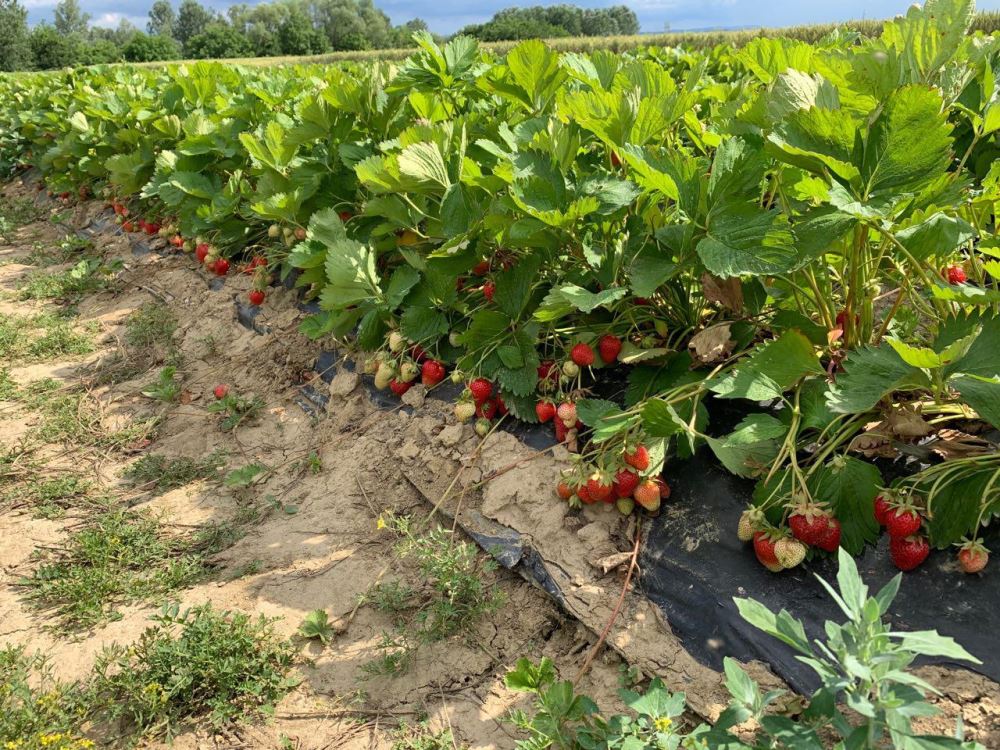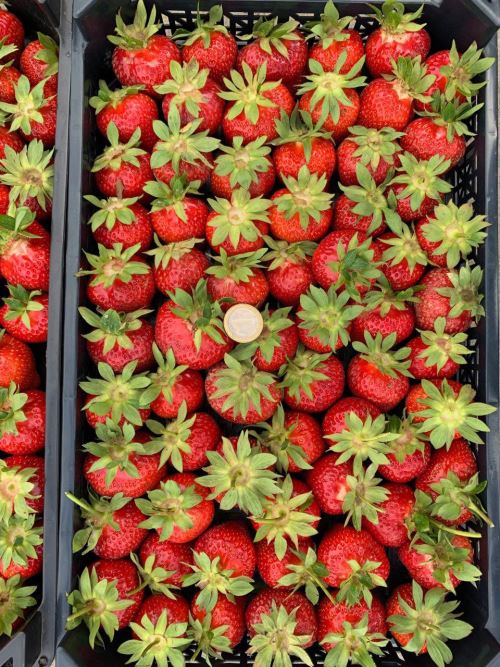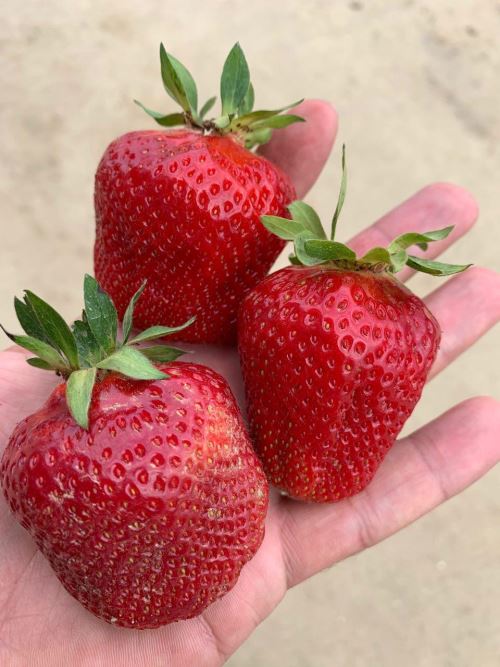|
|
Materials used in this chapter were published in the book Biostimulant Albit for increasing yields and protection of agricultures against diseases, A.K. Zlotnikov,
Averagely, according to results of the trials, Albit increased yield of strawberry by 9.3-20 centners/hectare (157 g/m² on average) due to increase of: leaf photosynthetic activity (averagely by 0.04 units Fv / Fm), number of berries from one plant by 0.4-2, average weight of berries by 1.3 g.
Fig. 1. Organic strawberries grown with Albit and without application of pesticides (Strazhitsa, Veliko Tarnovo province, Bulgaria, 2019). The yield of healthy berries without “chemistry” is 25 t/ha
Treatments with Albit provided control of gray mould fruit rot (BE is 42-59%) and Marssonia leaf scorch (BE is 34%). Fungicidal activity of Albit was detected at the disease prevalence (P) level of 5-23% and disease development (R) of 7-13%. Albit is officially registered in Russia as a fungicide against gray mould fruit rot of strawberry. It is recommended to perform triple foliar spraying of strawberry with Albit started at spring leaf regrowth (interval 7-10 days). The recommended application rate of the biostimulant is 40 ml/hectare (400L of working solution/hectare). Instead of specialized treatments, strawberry can be simply watered with Albit solution (1 ml/10L), providing full moistening of leaves. Also, Albit can be added to solutions of fungicides, insecticides and fertilizers used for scheduled treatments. Despite the necessity of triple treatment, application of Albit on strawberry is high effective, because it provides averagely almost 40% of yield increase.
|
|
||||||||||||||||||||||||||||||||||||
Terms and Conditions
|
|
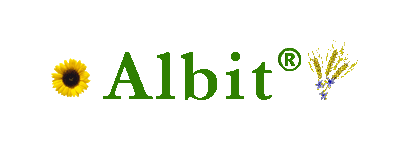
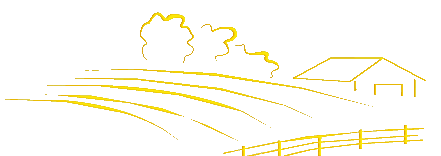
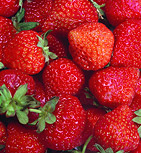 Influence of Albit on strawberry (Fragaria ananassa Duch.) was examined
in field trials carried out by All-Russia Institute of Vegetable Selection
and Seed Breeding and All-Russia Institute of Horticulture in 2001 and 2002
on strawberry varieties Kama, Zenit and Zarya in
Moscow and Tambov oblasts respectively and also in Bulgaria and in other regions
(Fig. 1).
Influence of Albit on strawberry (Fragaria ananassa Duch.) was examined
in field trials carried out by All-Russia Institute of Vegetable Selection
and Seed Breeding and All-Russia Institute of Horticulture in 2001 and 2002
on strawberry varieties Kama, Zenit and Zarya in
Moscow and Tambov oblasts respectively and also in Bulgaria and in other regions
(Fig. 1). 